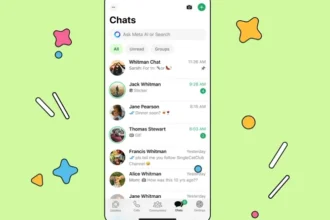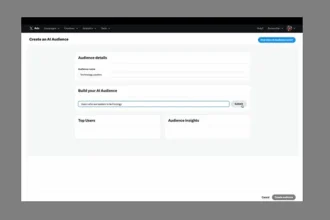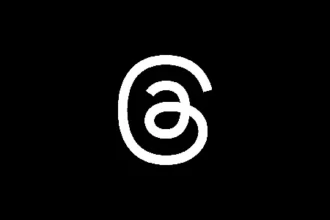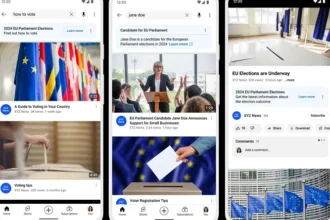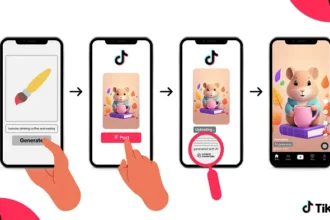The Meta-owned app is checking out video selfies with facial evaluation software program as a new age-verification method. Some customers on Instagram strive to skirt its 13+ age rule with the aid of enhancing their date of start to make them show up over 18. But US teenagers trying this will now be given three methods to affirm age: add ID, ask three person customers to vouch for them or take a video selfie.
Meta says it hopes the new strategies will make certain teenagers have an “age-appropriate experience” on Instagram. The tech large has in the past confronted criticism over teen and toddler security on its platforms.
Several US states probed Instagram final 12 months over kid’s experiences on the photo-sharing app, in response to leaks from Facebook whistleblower Frances Haugen.
Will Gardner OBE, chief govt of child net and director of the UK Safer Internet Centre, says the trial is encouraging: “The conceivable is there to strive and assist guard adolescents from content material which isn’t always for them and make their web ride extra age-appropriate.”
5Rights Foundation, a UK company campaigning for infant security in the digital environment, says such efforts are “long overdue”. News
Platforms need to “leave at the back of the ‘don’t seem to be do not see attitude’ that has led to tens of millions of adolescents being put at risk”, 5Rights says, including that “simply understanding the age of your customers is no longer enough.” Parents and guardians of teen Instagram customers have been given extra equipment to supervise their kid’s journey on Instagram previously this month. They can now set up time limits and view important points of any reviews their toddler makes on the platform.
Teens will additionally be “nudged” to seem to be at different content material if again and again viewing the equal matters on Instagram discover page, and prompted to “take a break” if consistently scrolling via reels.
Video selfies and social vouching
Video selfies have become a popular way for digital platforms – such as online banking apps – to verify users’ age or identity. Instagram currently uses video selfies as one way account holders can verify their identity if they get locked out of their account.

Meta has partnered with UK digital identification provider Yoti, whose technology estimates age by analyzing human faces and facial features.
Yoti says its algorithm, trained on anonymous people’s facial images and their date of birth, cannot individually identify users or anything about them, except their age.
Its latest white paper, published in May, said the technology was accurate for six to 12-year-olds with an error range of 1.36 years – and an error range of 1.52 years for 13 to 19-year-olds.
Meta says both companies will delete the image once a user’s age has been confirmed.
Meanwhile, social vouching allows users to ask three mutual followers to confirm their age. Those being asked to confirm how old a user is must be at least 18, and cannot be vouching for any other users at the time.

Feeling safe on social media
Dr Ysabel Gerrard, lecturer in digital media and society at the University of Sheffield, says Instagram’s new age-verification methods are a welcome addition to just asking users to upload ID.
But she says relying on age-verification tools as a way to protect young people online can overlook why they actually try to create adult accounts in the first place.
“A lot of them are saying they’re 18 on Instagram not to do bad things or view bad content,” Dr Gerrard says.
“Being technically registered as an adult makes them feel safe because they don’t think they’re going to be targeted.”
For Dr Gerrard, Instagram’s new verification mechanisms raise larger questions about what helps children to feel safe on social media platforms.
“Pretending to be an adult is one of them. It’s a harsh reality, but we can’t pretend it’s not happening.”

